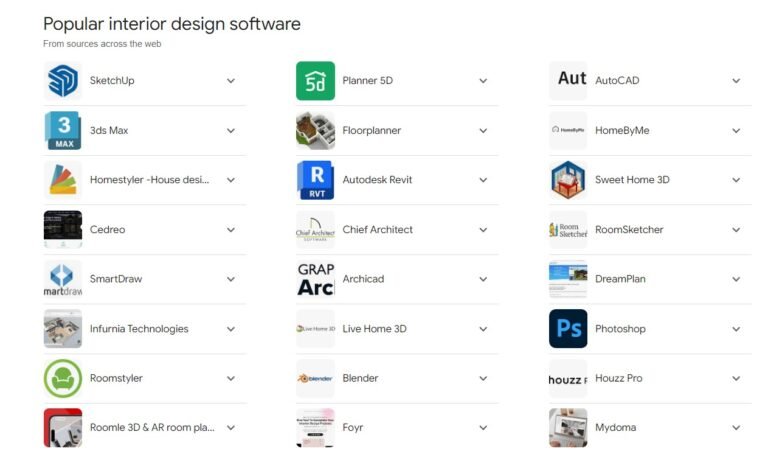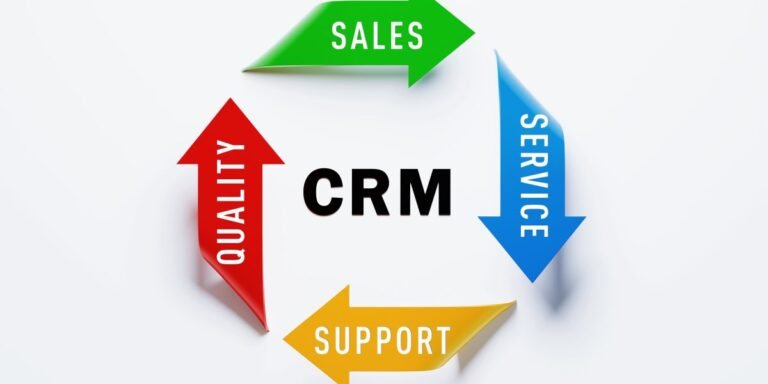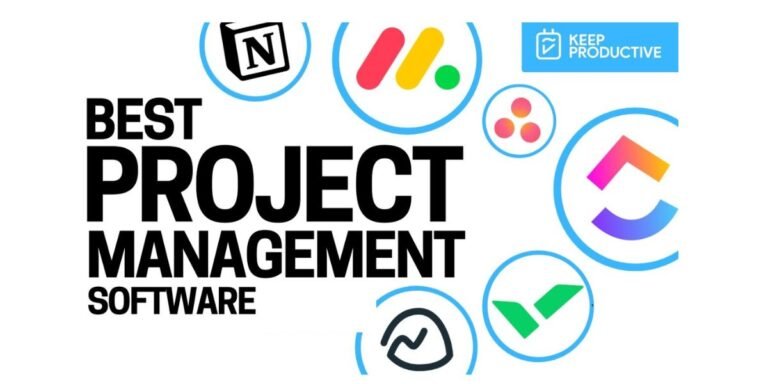5 Best Open Source Inventory Management Software
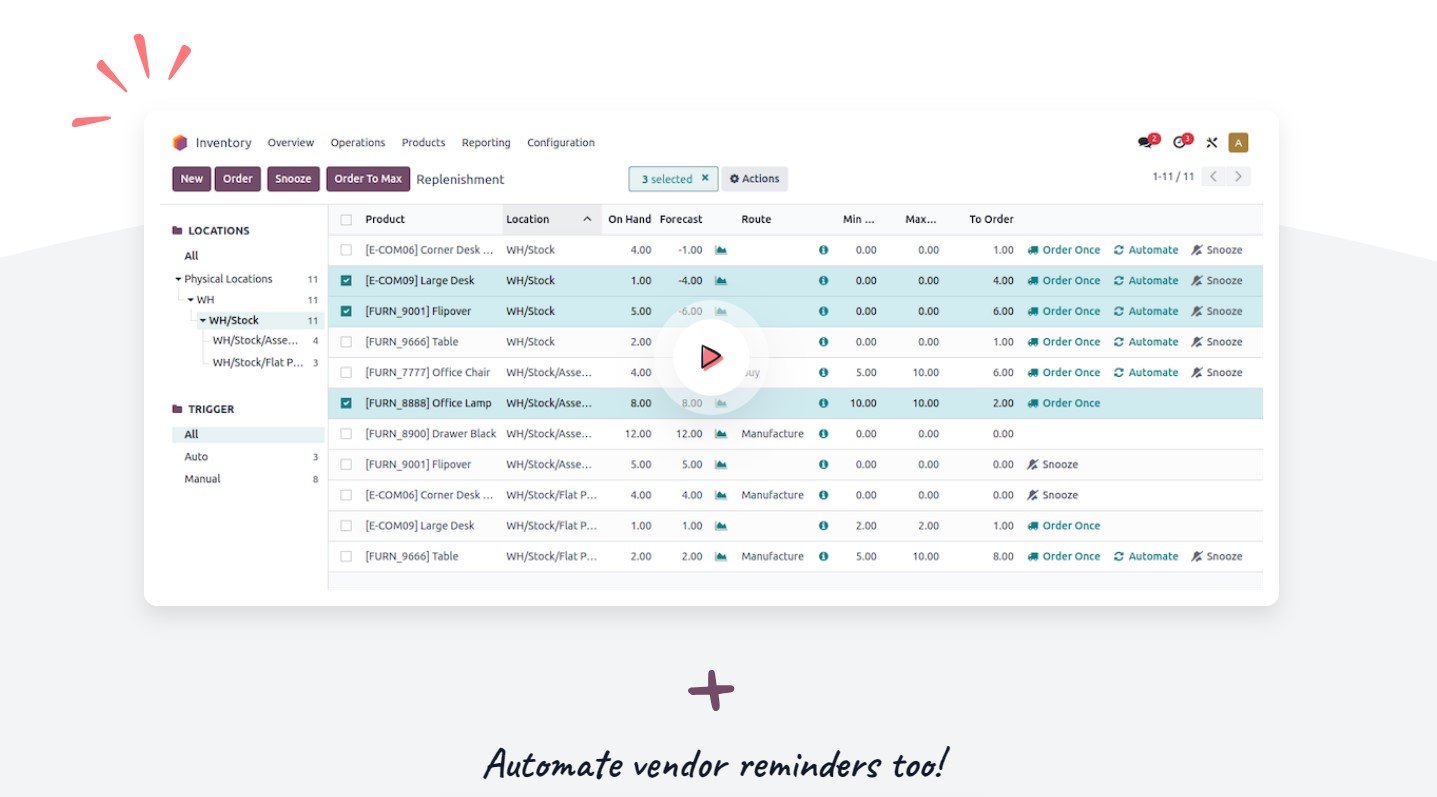
Looking for the best open source inventory management software? Consider solutions like StockIt, TrakitUp, InvenTrack, ManageFlow, and StockEase. They’re top-notch, providing real-time tracking, detailed reporting, and user-friendly interfaces.
These powerful software options also offer tools that can enhance your business strategies by aiding in inventory optimization and offering robust data analysis. With their free, or low-cost licenses, they give you comprehensive oversight of stock levels without breaking the bank.
By exploring these alternatives further, you’ll grasp a deeper understanding of how these software options can effectively boost your inventory management process.
Key Features of Open Source Stock Management System
Diving into the key features, you’ll find that open source stock management systems offer a plethora of tools designed to streamline your inventory management processes, such as real-time tracking, batch management, and detailed reporting, to name a few.
Inventory tracking, a core feature, provides comprehensive oversight of stock levels, ensuring you’re always abreast of product availability. The real-time updates feature ensures you receive instant information on stock changes, enabling you to make timely decisions.
Open source systems stand out for their cost efficiency. They allow you to slash overhead expenses, thanks to their free or low-cost licenses and absence of mandatory contracts or subscription fees. This cost effectiveness doesn’t compromise the quality of service as these systems often rival their proprietary counterparts in terms of functionality.
Ease of use is prioritized with user-friendly interfaces that simplify navigation and operations. Customization options further enhance user experience. You can tailor the software to fit your unique business requirements, be it adjusting the dashboard layout or modifying report formats.
Analyzing these features, it’s evident that open source stock management systems offer robust solutions to optimize your inventory management.
How Inventory Management Software Enhances Your Business Strategies ?
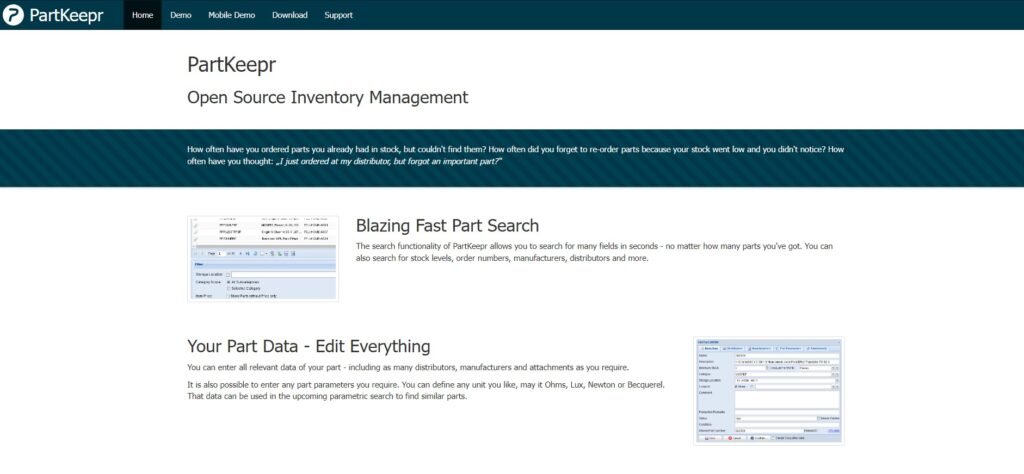
Having explored the features of open source inventory management software, let’s now examine how such software can amplify your business strategies.
Primarily, inventory management software aids in inventory optimization. By tracking real-time inventory levels, it enables you to maintain the right amount of stock, preventing overstocking or stock-outs. This optimization results in cost reduction as money isn’t wasted on excess inventory or lost sales due to stock shortages.
Additionally, these software tools come with robust data analysis capabilities. They provide insightful analytics about your inventory, helping you make data-driven decisions. For instance, they can highlight slow-moving items, allowing you to strategize on moving them faster.
Improved supply chain visibility is another significant benefit. You can track your inventory throughout its lifecycle, from procurement to sale, offering a comprehensive view of your supply chain.
Lastly, these tools assist in demand forecasting. By analyzing historical sales data and market trends, they facilitate accurate predictions of future demand, enabling proactive inventory management.
Here’s a quick overview in a table format:
| Benefit | Description | Result |
|---|---|---|
| Inventory Optimization | Maintains optimal inventory levels | Cost Reduction |
| Data Analysis | Provides insightful inventory analytics | Data-driven Decisions |
| Supply Chain Visibility | Tracks inventory lifecycle | Comprehensive Supply Chain View |
| Demand Forecasting | Analyzes past sales and market trends | Proactive Inventory Management |
The 5 Best Open-Source Inventory Management Software Of 2024
Now let’s delve into the top five open-source inventory management software of 2024, evaluating their features, usability, and overall performance to help you make an informed decision.
First off, StockIt offers user-friendly interfaces with straightforward navigation systems and customizable features, enabling you to tailor the software to your business’s specific needs. It’s a cost-effective solution that provides real-time tracking to ensure accurate inventory data.
Next, TrakitUp offers real-time tracking, empowering you to monitor stock levels and merchandise movements. Its customizable features and scalability options make it ideal for both small businesses and large-scale operations.
Thirdly, InvenTrack is known for its robust functionality and user-friendly interfaces. Its real-time tracking and customizable features make it a versatile tool for inventory management.
Fourth on the list, ManageFlow boasts an intuitive design and scalability options that can accommodate business growth. It’s a cost-effective solution that doesn’t compromise on functionality.
Lastly, StockEase stands out with its user-friendly interfaces and real-time tracking capabilities. Its customizable features and scalability options make it a comprehensive inventory management solution.
All these software solutions offer cost-effective and scalable options for businesses, ensuring efficient inventory management.
5 Best Open-Source Inventory Management Software
Here’s a review of the five best open-source inventory management software, based on their features, ease of use, and overall effectiveness.
1. Odoo
Odoo is a comprehensive open-source ERP system that includes a powerful inventory management module. It’s highly customizable and integrates seamlessly with other Odoo modules like sales, purchasing, and manufacturing.
Pros:
- Highly customizable and modular
- Seamless integration with other Odoo applications
- User-friendly interface
- Active community and extensive documentation
Cons:
- Can be complex to set up and configure
- Requires technical expertise for customization
Verdict: Odoo is an excellent choice for businesses looking for a highly customizable and integrated solution. Its extensive features and active community support make it a top contender, despite the complexity of initial setup.
2. ERPNext
ERPNext is a comprehensive open-source ERP system that includes robust inventory management features. It’s designed to be user-friendly and scalable for businesses of all sizes.
Pros:
- Intuitive and easy-to-use interface
- Comprehensive inventory management features
- Strong focus on user experience
- Active community and good documentation
Cons:
- Customization can be challenging without technical knowledge
- Limited third-party integrations compared to Odoo
Verdict: ERPNext is ideal for businesses seeking an intuitive and scalable inventory management solution. Its user-friendly interface and comprehensive features make it suitable for both small and large enterprises.
3. OpenBoxes
OpenBoxes is an open-source inventory management system specifically designed for healthcare supply chains. It’s particularly useful for organizations managing medical supplies and pharmaceuticals.
Pros:
- Tailored for healthcare supply chains
- Robust tracking and reporting features
- Strong community support
- Easy to deploy and use
Cons:
- Limited to healthcare-related inventory management
- Fewer features compared to more general solutions like Odoo and ERPNext
Verdict: OpenBoxes is the best choice for healthcare organizations needing a specialized inventory management system. Its focus on healthcare ensures it meets the specific needs of the industry, though it’s less versatile for other sectors.
4. Snipe-IT
Snipe-IT is an open-source asset management system that’s ideal for IT inventory management. It’s designed to manage and track physical assets such as computers, servers, and other hardware.
Pros:
- Excellent for IT asset management
- User-friendly and intuitive interface
- Strong reporting and tracking features
- Active development and community support
Cons:
- Limited to IT assets and not suitable for general inventory management
- Requires some technical knowledge for setup
Verdict: Snipe-IT is perfect for organizations needing to manage IT assets. Its specialized features and ease of use make it a top choice for IT departments, though it’s not suitable for general inventory management.
5. PartKeepr
PartKeepr is an open-source inventory management system designed for managing electronic components. It’s particularly useful for engineers and hobbyists who need to keep track of electronic parts.
Pros:
- Tailored for managing electronic components
- Simple and intuitive interface
- Strong search and filtering capabilities
- Active community support
Cons:
- Limited to electronic components
- Basic compared to more comprehensive solutions like Odoo or ERPNext
Verdict: PartKeepr is ideal for individuals and organizations managing electronic components. Its simplicity and focus on electronics make it a great choice for engineers and hobbyists, though it lacks features for broader inventory management needs.
Odoo and ERPNext offer comprehensive and scalable solutions suitable for a wide range of businesses. OpenBoxes is perfect for healthcare organizations, while Snipe-IT excels in IT asset management. PartKeepr is ideal for those managing electronic components. Evaluate the pros and cons of each platform to find the best fit for your inventory management requirements.
Frequently Asked Questions
What Are the System Requirements for Installing These Inventory Management Software?
You’ll need to check hardware compatibility and minimum requirements before the installation process. Regular software updates ensure optimal system performance. Every software differs, so research thoroughly to avoid issues.
Is There a Mobile Application Available for These Open-Source Inventory Management Systems?
Absolutely! Many open-source inventory management systems offer mobile apps. They provide cloud compatibility, offline functionality, user interface customization, and robust data security measures. It’s a whole world of inventory management in your pocket!
What Kind of Customer Support Is Available if I Encounter Problems With the Software?
Should you encounter problems, troubleshooting assistance is typically available. Online forums, live chat support, video tutorials, and email support are common. It’s essential to check specific offerings from your chosen software provider though.
Do These Open-Source Inventory Management Systems Offer Real-Time Tracking Features?
Yes, most open-source inventory management systems provide real-time tracking. You’ll find improved inventory accuracy, better supply chain and stock control, and efficient warehouse management, all updated in real time.
Are There Any Hidden Costs or Premium Features That Require Additional Purchases?
Yes, some open-source systems have hidden fees and premium add-ons. They might lack pricing transparency and have feature limitations. Upgrade options could require additional purchases, so it’s essential to consider these potential costs.
Conclusion
Harnessing the power of open-source inventory management software is like unlocking a treasure chest for your business. You’ve navigated the labyrinth of options, weighed the pros and cons, and now stand on the cusp of operational efficiency.
With these tools, you’re not just managing inventory; you’re steering the ship of your business towards uncharted levels of success. So, dive in, and let these software solutions be your compass guiding you through the complex world of inventory management.


